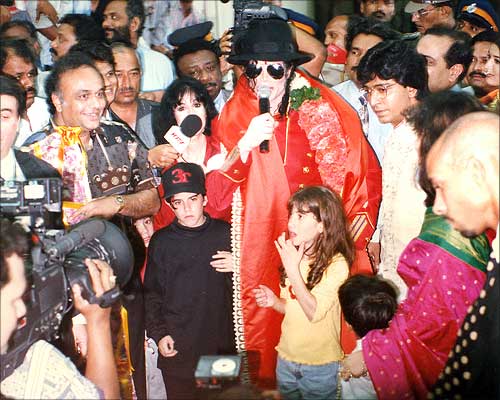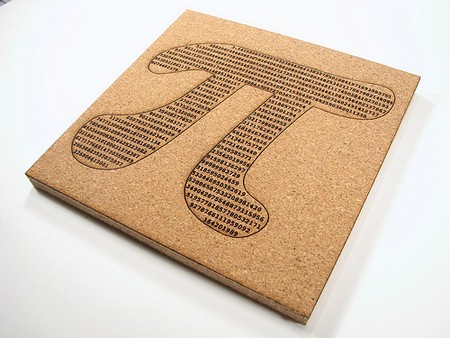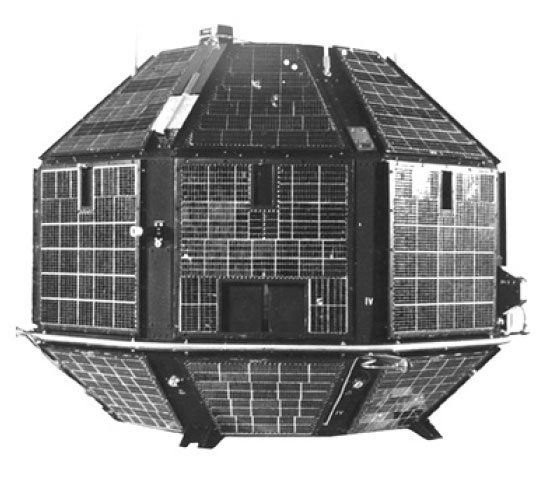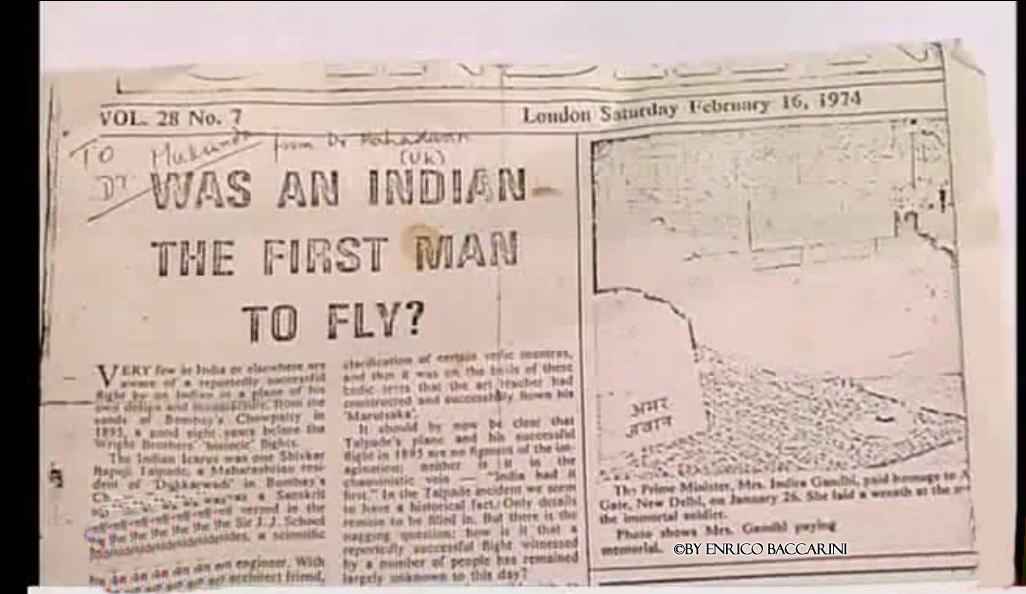Birthdate: August 29, 1958
Birthplace: Gary, Indiana
Died : June 25,2009(aged 50)
Michael Joseph Jackson, aka The King of Pop, is one of the most well-known and talked about American singer, Songwriter, Record producer, Dancer, and Actor.
 |
| MJ in his Teenage |
The Prince of Pop
Michael Jackson is the seventh of nine children. Along with four of his brothers, he began his career in the Jackson 5. From very early on, Michael showed huge talent, and he and his brother Jermaine became the main singers for the group. In 1968, when Michael was ten, Motown Records signed the Jackson 5. The group's first four singles--I Want You Back, ABC, The Love You Save, and I'll Be There--all hit number one on the Billboard Hot 100, breaking a record for consecutive singles.
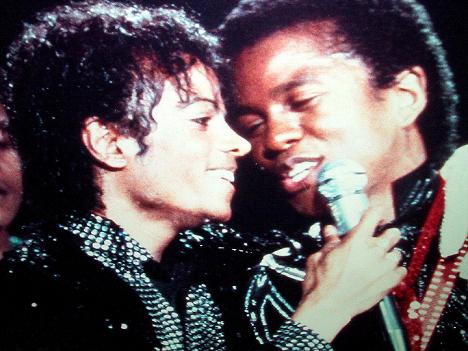 |
| MJ and his brother Jermaine in Jackson 5 |
The King is Crowned
In the '70s, Michael recorded several solo albums. After meeting super producer Quincy Jones on the set of The Wiz (Michael played the Scarecrow), he and Jones produced Off the Wall in 1979, which won Michael his first awards as a solo artist. Michael's next album, Thriller(1982), was his most successful and remains the best selling album of all time-it has sold approximately 100 million copies worldwide!
In 1984, Michael was filming a Pepsi commercial when his hair caught fire. His injuries required reconstructive surgery. But he wasn't gone long--the next year he and Lionel Ritchie wrote We are the World, a charity song that raised money for aid in the US and Africa. In 1987, he released Bad(1987), which had five number one singles.
HIStory And The FUTURE
 |
| Michael Jackson with his children, Prince Michael II, Prince Michael I and Paris |
With fame came more attention and scrutiny. People started calling him "Wacko Jacko," because of his changing appearance and his personal life. He released Dangerous in 1991,His career suffered when he was accused of molestation by a child who'd spent time at his ranch, Neverland. The charges were eventually dropped, and Michael went on to marry Elvis' daughter, Lisa Marie, and to release the album HIStory. Two years later, they divorced and Michael married Deborah Jean Rowe. Together they had two children, Prince and Paris, before divorcing in 1999. He now has another daughter named Blanket (the mother is a secret).
Michael released Invincible in 2001, his first album in six years. In 2003, a second child molestation case was filed. He was acquitted (found innocent in the eyes of the law), and after the trial he moved to Bahrain in the Middle East. In 2008, Sony/BMG released Thriller 25, a special 25th anniversary edition of Thriller that hit number two in the US. On August 29, 2008, Michael Jackson celebrates his 50th birthday, on the same day the compilation album King of Pop drops in stores.
MJ came in Mumbai,India On October 30th,1996.
On June 25, 2009, Michael Jackson died of acute propofol and benzodiazepine intoxication after suffering cardiac arrest at his home on North Carolwood Drive in the Holmby Hills neighborhood of Los Angeles.
Moonwalk
One of his famous dancing move is Moonwalk. It became popular around the world after MJ executed the dance move during a performance of "Billie Jean" on March 25, 1983.
Did U Know?
1. Motown Records told fans Michael was nine years old when he was actually eleven to make him seem younger and cuter than he really was!
3. Jackson has eight Guinness World Records. One is for Thriller as the best-selling album of all time.
4. Michael's famous companion Bubbles the chimpanzee now lives on an animal ranch in Sylmar, California. His handler says, "He's in his 20s. He's doing fine."
5. Michael suffers from Vitiligo, a skin disorder that causes loss of pigment in the skin.
6. At the 2006 World Music Awards, Michael was presented with the Diamond Award for selling over 100 million albums in his career.
7. Michael has given millions of dollars to charity, including profits from tours and the settlement of the Pepsi lawsuit. He has given to hospitals, orphanages and the United Negro College Fund, among others. He was also one of the first entertainers to call attention to the HIV/AIDS crisis and the need for research and funding to help stop it.
The Michael Jackson Story (1985-2009) [Full 45 Miin BBC Documentary]
Sources
-m-5.jpg)

